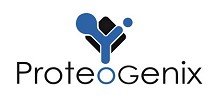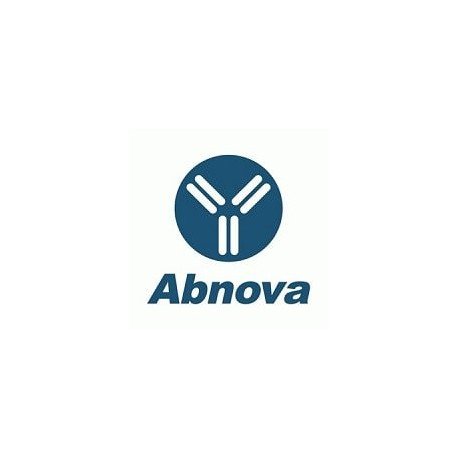Cart 0 Product Products (empty)
No products
To be determined Shipping
0,00 € Total
Prices are tax excluded
Product successfully added to your shopping cart
Quantity
Total
There are 0 items in your cart. There is 1 item in your cart.
Total products (tax excl.)
Total shipping (tax excl.) To be determined
Total (tax excl.)
Data sheet of NR1H2 polyclonal antibody
| Brand | Abnova |
| Product type | Primary antibodies |
| Reactivity | Human |
| Host species | Goat |
| Applications | ELISA,WB-Ti,IHC-P |
More info about NR1H2 polyclonal antibody
| Brand: | Abnova |
| Reference: | PAB6690 |
| Product name: | NR1H2 polyclonal antibody |
| Product description: | Goat polyclonal antibody raised against synthetic peptide of NR1H2. |
| Gene id: | 7376 |
| Gene name: | NR1H2 |
| Gene alias: | LXR-b|LXRB|NER|NER-I|RIP15|UNR |
| Gene description: | nuclear receptor subfamily 1, group H, member 2 |
| Immunogen: | A synthetic peptide corresponding to human NR1H2. |
| Immunogen sequence/protein sequence: | SSPTTSSLDTPLPGC |
| Protein accession: | NP_009052 |
| Form: | Liquid |
| Concentration: | 0.5 mg/mL |
| Recommend dilutions: | ELISA (1:64000) Western blot (1-3 ug/mL) Immunohistochemistry (Formalin/PFA-fixed paraffin-embedded sections) (1-2 ug/mL) The optimal working dilution should be determined by the end user. |
| Storage buffer: | In Tris saline, pH 7.3 (0.5% BSA, 0.02% sodium azide) |
| Storage instruction: | Store at -20°C. Aliquot to avoid repeated freezing and thawing. |
| Quality control testing: | Antibody Reactive Against Synthetic Peptide. |
| Note: | This product contains sodium azide: a POISONOUS AND HAZARDOUS SUBSTANCE which should be handled by trained staff only. |
| Product type: | Primary antibodies |
| Host species: | Goat |
| Antigen species / target species: | Human |
| Specificity: | This antibody is expected to be specific to LXR beta and not to cross-react with LXR alpha. |
| Reactivity: | Human |
| Application image: |  |
| Application image note: | NR1H2 polyclonal antibody (Cat # PAB6690) (1 ug/mL) staining of human bone marrow lysate (35 ug protein in RIPA buffer). Primary incubation was 1 hour. Detected by chemiluminescence. |
| Applications: | ELISA,WB-Ti,IHC-P |
| Shipping condition: | Dry Ice |
| Publications: | Identification of macrophage liver X receptors as inhibitors of atherosclerosis.Tangirala RK, Bischoff ED, Joseph SB, Wagner BL, Walczak R, Laffitte BA, Daige CL, Thomas D, Heyman RA, Mangelsdorf DJ, Wang X, Lusis AJ, Tontonoz P, Schulman IG. Proc Natl Acad Sci U S A. 2002 Sep 3;99(18):11896-901. Epub 2002 Aug 22. |


